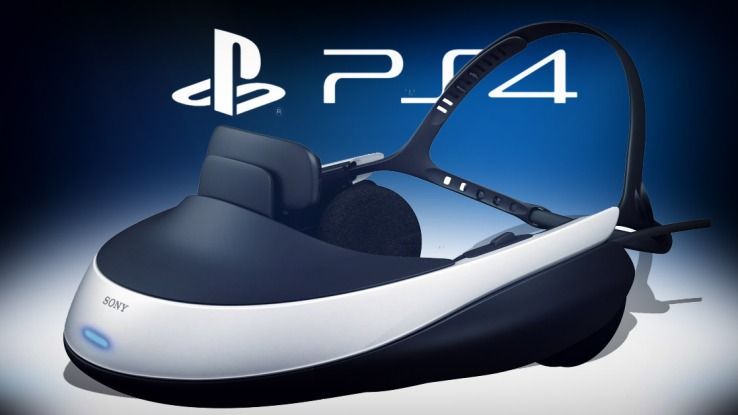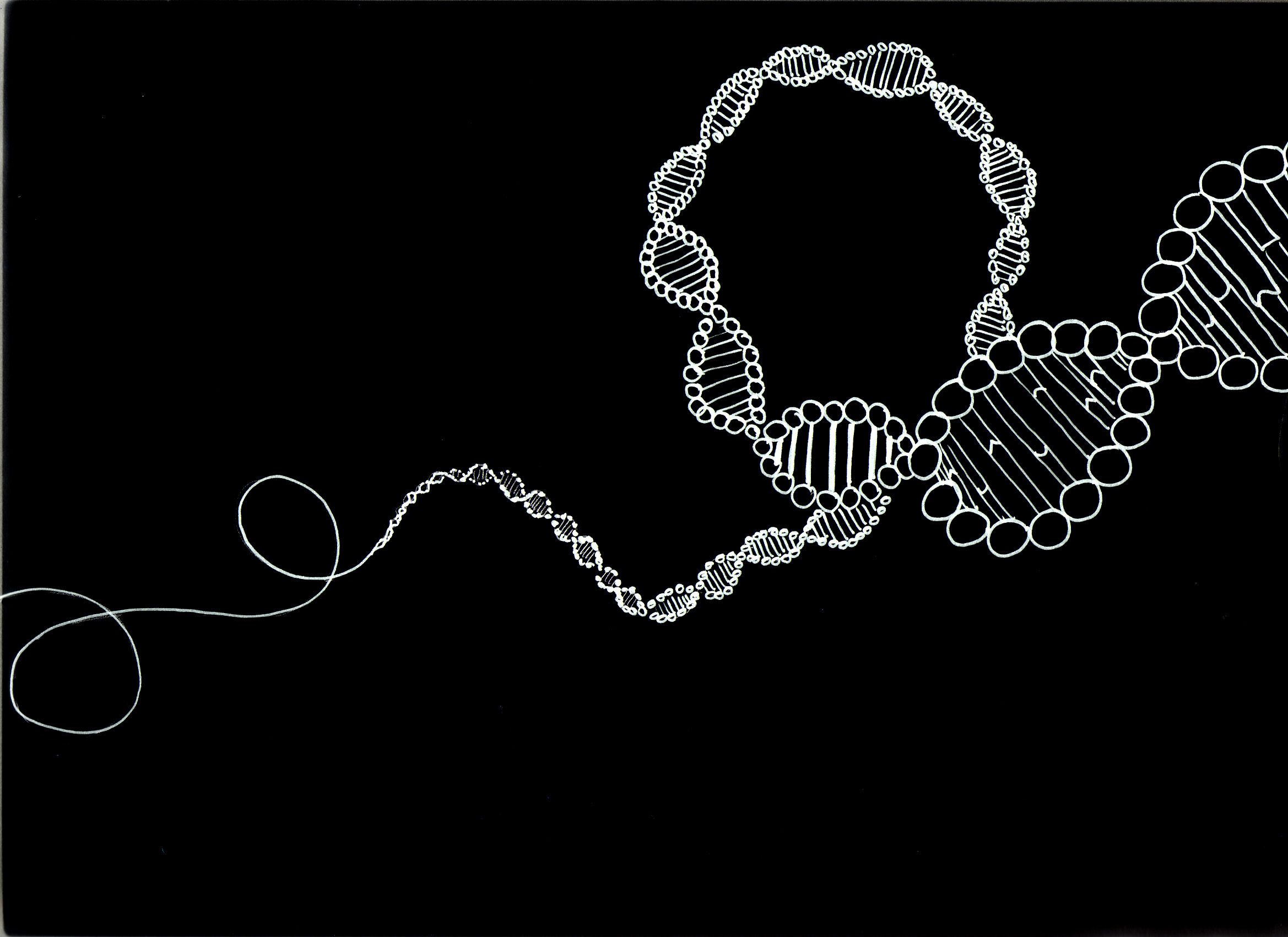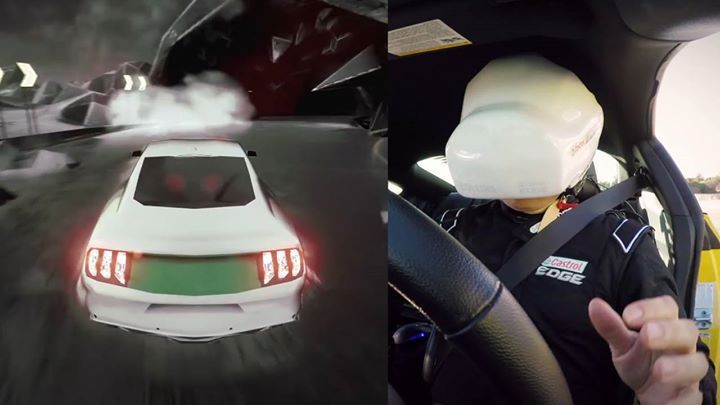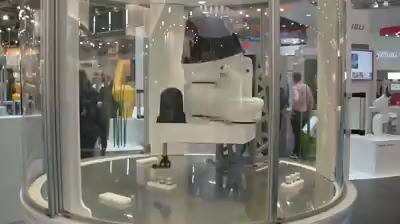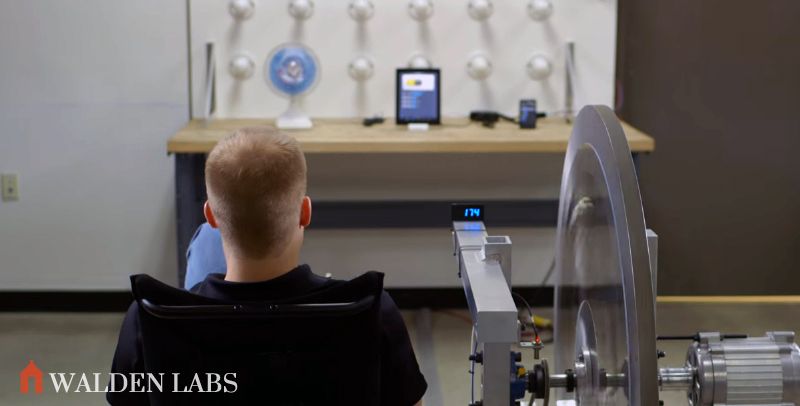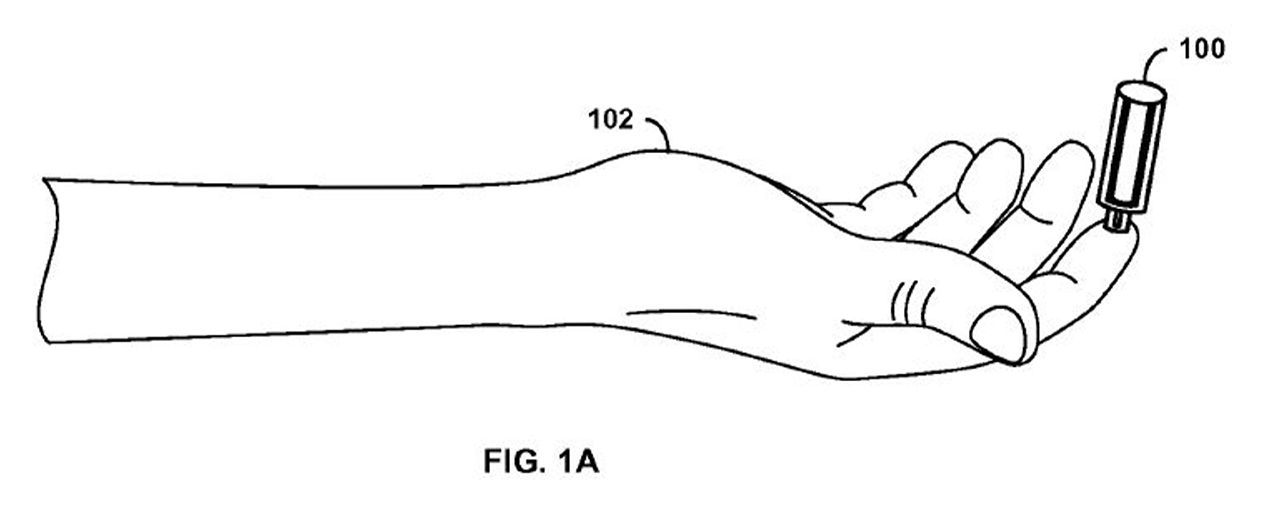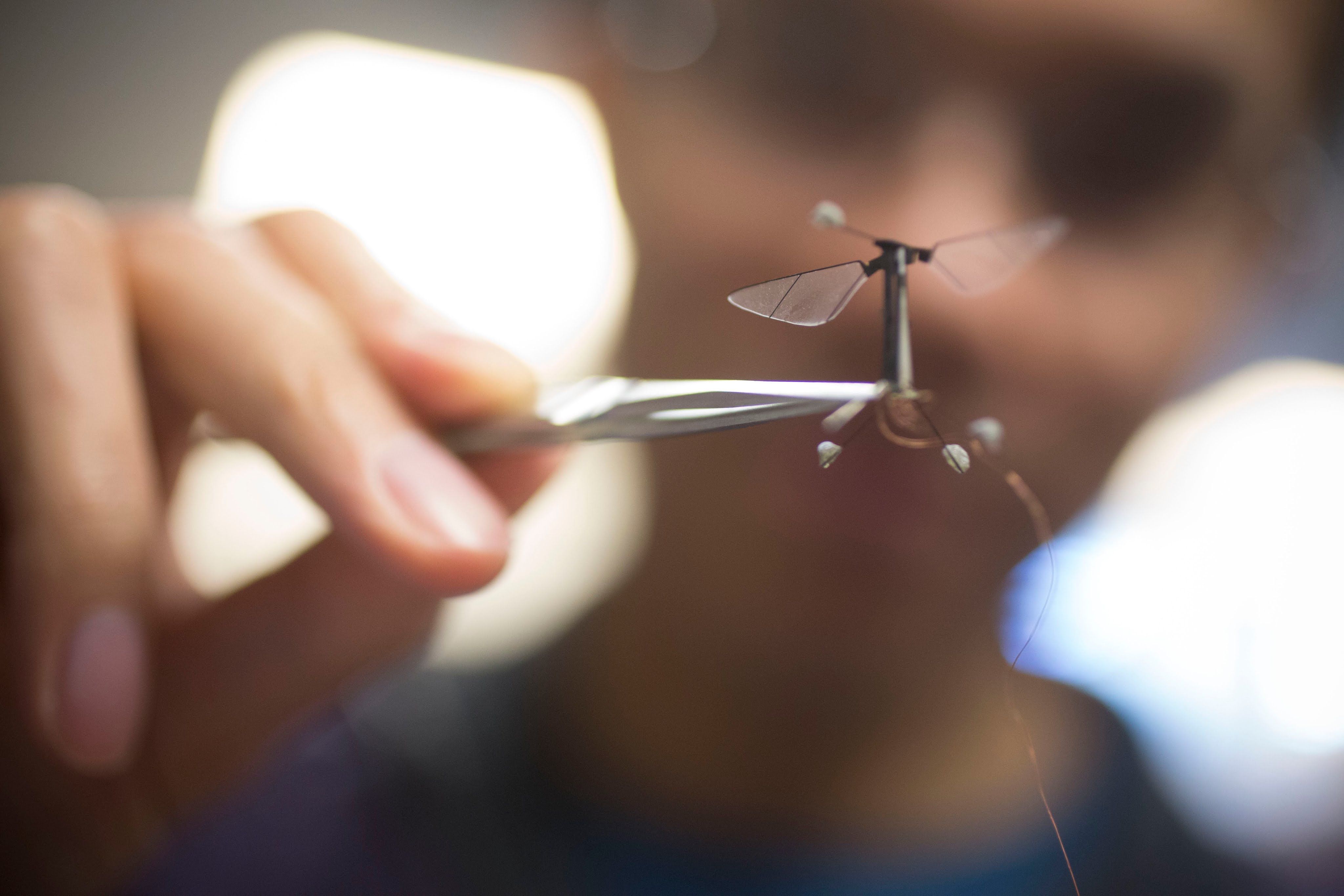“Sony unveiled some new information about the PlayStation VR and showed off some new titles. Unfortunately we’ve gotten no more information on dates aside from early 2016. However, the games we saw during today’s keynote look fantastic.”
After recent good news regarding the accuracy of famed CRISPR-Cas9, a new form has been engineered that’s even more accurate than the original.
A string of positive developments
If you’ve been reading the news lately, you may know recent analysis of the gene editing system CRISPR-Cas9 has had a string of positive updates. We found out it’s surprisingly more accurate than we first believed, which bodes well as scientists across the world start thinking about the move into human models.
“You’ll never get a good job, son, if you’re smoking pot all the time!”
That’s a scolding you won’t hear in the future. Besides the fact that pot smokers can become president, the future will not require you to get a good job. The traditional motivation to keep your mind orderly and bourgeois will be gone, so let your mind fly its freak flag and wander the Technicolor pathways already cleared by St. John of Patmos, Salvador Dali, and Carl Sagan.
In the near future, we may all be unemployed. We are entering what is generally called the “second machine age.” And, optimistically speaking, it may become the best thing that ever happened to the human being.
We hear about virtual reality all the time, but what if your driving in *real life* actually controlled a virtual car? http://voc.tv/1P6L9zh
The High Speed robot from Stäubli
Posted in robotics/AI
e-Celsius® Performance
Posted in health, innovation
Bodycap develops innovative solutions, promoting new uses and is placed at the service of world players in the health and well-being.
Would you exercise for an hour every day if the workout powered your home for twenty-four hours?
People often complain about the high costs of energy and the fact that they “never have time to workout.” This invention certainly solves both conundrums.
And, most importantly, this free power invention has the potential to lift the 1.3 billion people who presently live without electricity out of poverty.
WATCH: Google has recently filed a patent for a blood drawing system that is completely needle-free. It could be used to test blood glucose levels for diabetics. Jenny Sung explains.
To most of the scientific community, “anti-aging” is a dirty word.
A medical field historically associated with charlatans and quacks, scientists have strictly restricted the quest for a “longevity pill” to basic research. The paradigm is simple and one-toned: working on model organisms by manipulating different genes and proteins, scientists slowly tease out the molecular mechanisms that lead to — and reverse — signs of aging, with no guarantee that they’ll work in humans.
 But it’s been a fruitful search: multiple drug candidates, many already on the market for immune or psychiatric disorders, have consistently delayed age-associated diseases and stretched the lifespan of fruit flies, roundworms and mice. Yet human trials have been far beyond reach — without the FDA acknowledging “aging” as a legitimate target for drug development, researchers have had no way of pitching clinical trials to the regulatory agency.
But it’s been a fruitful search: multiple drug candidates, many already on the market for immune or psychiatric disorders, have consistently delayed age-associated diseases and stretched the lifespan of fruit flies, roundworms and mice. Yet human trials have been far beyond reach — without the FDA acknowledging “aging” as a legitimate target for drug development, researchers have had no way of pitching clinical trials to the regulatory agency.
Researchers are developing tiny flying robots that can do many things bees do — and even some things that they can’t. Could they serve as stand-ins for the real insects?
